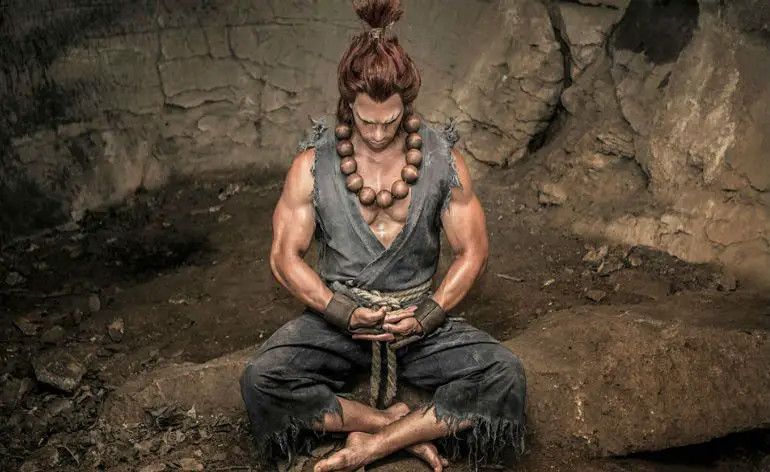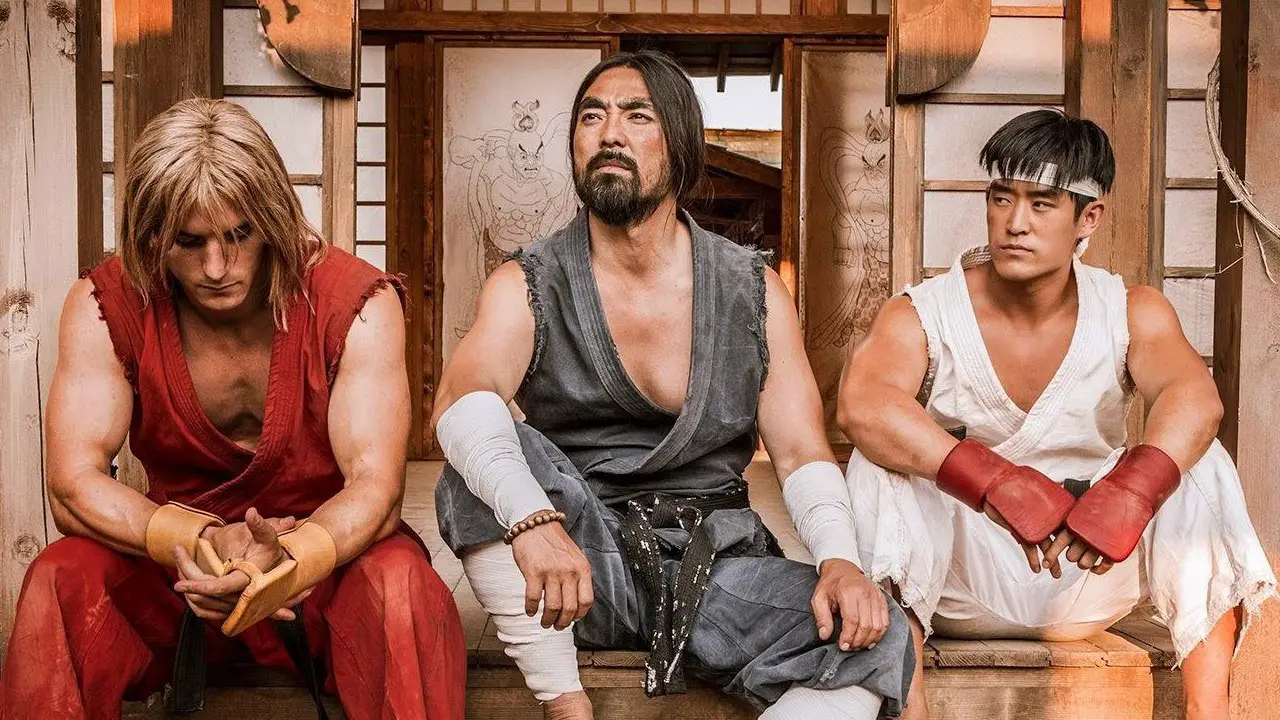In 1991, Capcom released “Street Fighter II: The World Warrior.” The sequel gave a major overhaul to its mostly-forgotten predecessor, “Street Fighter” (1987), and pioneered the fighting game genre.
Up until that point, competition amongst arcade enthusiasts centered on high-scores. If a player wanted to be the best, they’d have to grind away for hours all on their own. The solitary style of competition did not lend itself to creating a healthy competitive atmosphere. “Street Fighter II,” on the other, brought players together like no other arcade game had before.
A fighting game is meant to be played with two or more people, and there’s no way of getting around that. After all, computer opponents just don’t offer the same kind of experience. The choices someone makes when playing a fighting game can show a lot about who they are.
That said, “Street Fighter II” gave players more options and more ways to express themselves than any game that came before it. How did it do this? What sets “Street Fighter” apart from every other fighting game that came after it?
For one, Capcom understood how to make a game’s narrative cohesive with its gameplay. Some like to refer to this as “ludonarrative harmony,” and as much as I love a good old Latin prefix, I’ll just refer to it as “excellent composition.”
In between the heart-pounding matches of “Street Fighter II,” the player who lost the previous match gets the chance to choose a different character from a roster of eight unique fighters. The selection gives those with little experience a chance to find a character who they feel most comfortable with.
In addition, the game sports a wide array of fighting styles, including boxing and Muay Thai. There’s even a Spanish bullfighter, Vega, who practices ninjutsu.
The creative expression one can undertake in a fighting game really comes down to the character roster. How distinct is each character from another? Do any of them have an unfair advantage over the rest? How many options for escape or counterattack does a character have for any given combat scenario?
Likewise, a fictional story must also rely on well-rounded, complicated characters to support its narrative. In fact, there’ve been many attempts to adapt the “Street Fighter” series to other forms of media, such as movies, comic books and now a television show created by Joey Ansah, Jacqueline Quella and Mark Wooding.
These three previously produced a live-action web series entitled “Street Fighter: Assassin’s Fist,” so they clearly have a passion for the game.

The team behind the new “Street Fighter” series understands the structure of the game’s story. “Street Fighter II: The World Warrior” uses a frame narrative not only to help define each individual character within its roster but also to bring them all together in one unifying story.
The narrative includes a worldwide, invitational martial arts tournament hosted by the evil mastermind known as M. Bison. He wishes to bring together the world’s greatest fighters, defeat them and ensure his security in a total domination of the world.
However, what kinds of challenges come with trying to adapt a video game into a TV show? Even with a great understanding of the source material, other issues start to rise.
For instance, the kind of creative expression that Capcom offers players in their “Street Fighter” series extends from gameplay to narrative. Often, when playing a fighting game, players will construct their own stories for why two particular characters are fighting.
Much like how one can imagine what a novel might look like if adapted into a film, a player can imagine scenarios and narratives that the team behind “Street Fighter: Assassin’s Fist” could never dream of. That’s not to say Ansah, Quella or Wooding aren’t capable of creating a captivating story.
In fact, many fans of the “Street Fighter” series praised their efforts toward the web series. However, there’s another complicated reason that comes with adapting a game like “Street Fighter” to any other form of media.
Ultimately, the game brings people together like no other game can, simply because of the creative opportunities it gives to players in its design. The ability for someone to express themselves infant of their peers is a feeling that no television show can match.
Of course, TV audiences can share some common interests with one another and discuss how they feel about the way the plot for a show unfolds. On the other hand, television programs don’t offer the same kind of creative outlet that a fighting game does.
For the past 30 years, players have collectively sunk hours upon hours into the “Street Fighter” series, all the while creating personal — sometimes private — narratives about the characters that Capcom offers with each subsequent release.
That said, if the team behind “Assassin’s Fist” goes too general with the characters in their story than the narrative will fall flat. However, if the team creates intricate, whole characters for their television show, they risk alienating “Street Fighter” players who already feel as though they understand everything about the series.
From “Resident Evil” to “Super Mario Bros.,” it seems that nearly every popular video game franchise gets the chance to be on the big screen. A well-known brand can do wonders for a movie at the box office. Creatively, however, roadblocks do exist.
For instance, fans already have an image or scenario in their mind for how the worlds of these games are put together, so they might be disappointed with how everything is portrayed on the big screen. Creators, such as those behind “Assassin’s Fist,” face an uphill battle in trying to please the fans while also creating a story that honors the source material.
Initially, creating a “Street Fighter” show might seem ideal, but it will come with a slew of challenges that potential producers should consider before filming it.

















